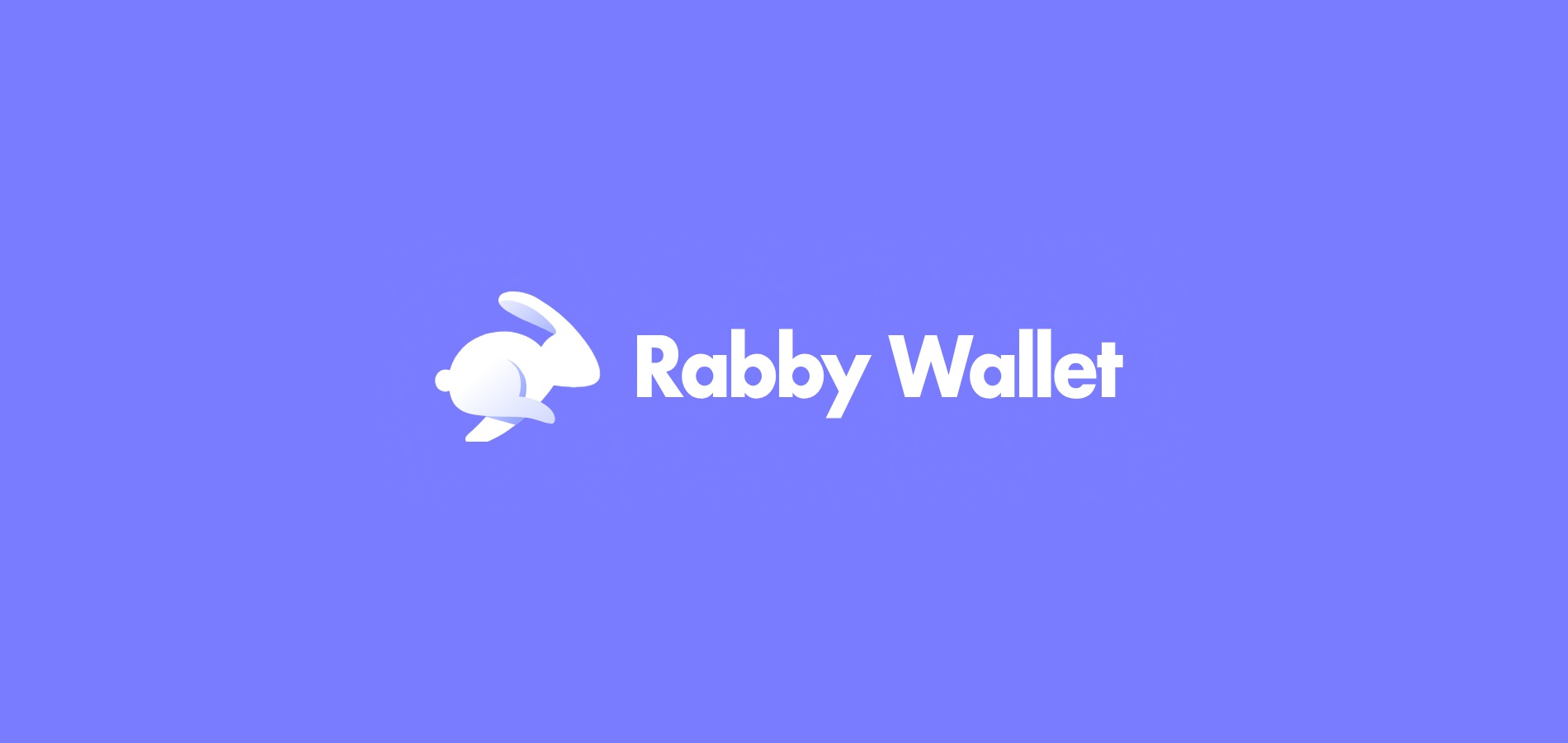Subtotal: ₹113900
Why Multi-Chain Wallets and Liquidity Mining Are Changing the Crypto Game Leave a comment
Okay, so check this out—liquidity mining feels like the wild west sometimes. Seriously, one minute you’re earning rewards by locking tokens, and the next, you’re tangled in a maze of smart contracts across multiple chains. It’s kinda chaotic, but also thrilling. I mean, if you’re a DeFi user, juggling different blockchains is almost a given these days. Wow! The multi-chain ecosystem isn’t just a buzzword anymore; it’s the reality we live in.
At first glance, liquidity mining seems straightforward: stake your assets, earn tokens. But hold up—once you dive deeper, the complexity ramps up. Different chains, different protocols, varying gas fees, and security nuances make it a bit of a headache. My instinct said, “There’s gotta be a better way to manage this.” And guess what? There is.
Here’s the thing. When you’re working with multiple blockchains, having a wallet that supports all those chains seamlessly isn’t just a luxury—it’s a necessity. That’s where the idea of a multi-chain wallet really shines, especially if you want to interact with smart contracts without constantly switching between apps or risking mistakes. I’ve personally been hunting for a solution that’s reliable and user-friendly, and stumbled upon something pretty cool.
Liquidity mining itself is like a layered puzzle. You’re providing liquidity to decentralized exchanges or lending platforms, and in return, you get incentives. But the catch is, every chain has its own quirks. Ethereum’s gas fees can kill profits, while other chains might lack the depth of liquidity or security guarantees. This patchwork can be very very frustrating, especially if you want to optimize rewards across platforms.
And oh, by the way, if you haven’t checked out the rabby wallet yet, you’re missing out. It’s a browser extension that supports multiple chains, letting you interact with smart contracts on different blockchains without the usual hassle. I’m biased, but for anyone deep into DeFi, it’s become a go-to tool for managing liquidity mining positions more efficiently.
At first, I thought, “Multi-chain wallets are just another trend.” But then I realized the underlying value: speed, security, and smart contract interoperability all bundled in one place. It’s like having a Swiss Army knife for your crypto assets. Not perfect, though—there are still some UX quirks and occasional sync issues that keep you on your toes.
Smart contract interaction is where things get really interesting—and a little nerve-wracking. You want your transactions to go smoothly, but interacting directly with complex contracts often requires precision and a trusted interface. Multi-chain wallets that bridge this gap reduce friction, so you don’t have to double-check every step manually. Still, you gotta be cautious—one wrong click and your funds could be toast.
Here’s something that bugs me: a lot of wallets claim multi-chain support but barely cover the most popular chains or lag in updates. That’s why community-driven tools like the rabby wallet get props—they adapt quickly and prioritize user feedback. This responsiveness matters when you’re dealing with fast-evolving DeFi protocols and liquidity mining strategies.
Liquidity mining kind of forces you to be nimble. You want to stake where yields are juicy but also be ready to pull out if risks spike. That’s a balancing act and, honestly, keeping track without a solid multi-chain wallet is a recipe for missed opportunities or worse, losses. The wallet becomes your cockpit, your dashboard, your command center.

Something felt off about the way I was managing my tokens before switching to a dedicated multi-chain tool. I’d constantly jump between MetaMask, Binance Chain Wallet, and others, which led to confusion and occasional errors. The moment I started using a wallet that handled multiple chains in one place, my workflow felt way smoother. You just connect, approve, stake, and move on—no need to mentally reset every time you switch networks. That mental overhead is surprisingly draining.
On one hand, liquidity mining can be very lucrative, but on the other, it’s fraught with risks like impermanent loss and rug pulls. Actually, wait—let me rephrase that. These risks aren’t new, but the multi-chain environment amplifies them because you might not always be fully aware of each chain’s security landscape or the contract’s audit status. That’s why having a wallet that not only supports multi-chain but also offers some level of contract interaction transparency is a game-changer.
When you think about it, smart contract interaction across multiple chains is like speaking several dialects fluently. A good multi-chain wallet acts like a translator, ensuring your commands are understood and executed correctly. The rabby wallet does a decent job at this, providing a unified interface that reduces mistakes and streamlines approvals.
I’m not 100% sure the industry has settled on a perfect multi-chain solution yet—there’s still a lot of experimentation. But wallets that combine ease of use with robust security protocols are definitely leading the pack. What I’m seeing is a shift from siloed wallets to integrated platforms. This shift should, in theory, lower barriers for DeFi users and make liquidity mining more accessible without sacrificing safety.
Liquidity mining’s evolution also reflects broader trends in DeFi—like cross-chain bridges and composability. We’re moving toward an interconnected ecosystem where your assets flow seamlessly across protocols and chains. Multi-chain wallets aren’t just tools; they’re becoming essential infrastructure. It’s fascinating to watch this unfold, even if it’s a bit messy right now.
Okay, here’s a quick tangent—remember when browser extensions were just for blocking ads or managing passwords? Now they’re the frontline interface for billions in crypto assets. It’s wild. The usability and security of these extensions directly impact how confident users feel about interacting with DeFi protocols. A clunky interface or poorly implemented feature can cause real damage, both financially and trust-wise.
What’s exciting is that multi-chain wallets like the rabby wallet are actively evolving. They incorporate features like transaction batching, gas fee optimization, and alerting for suspicious contract calls. These are huge steps forward from the simplistic wallets we had not too long ago. Still, no tool is perfect—sometimes you gotta double-check everything yourself, which is a bit of a pain.
Something I’ve noticed is that liquidity mining strategies are becoming more sophisticated, often requiring quick moves across chains to capitalize on fleeting opportunities. Without a wallet that supports this agility, you’re at a serious disadvantage. It’s almost like trying to drive a racecar with bicycle pedals—possible but not ideal.
Here’s a question I keep asking myself: how will multi-chain wallets handle the increasing complexity as new chains and Layer 2s emerge? Will they stay user-friendly or become bloated and confusing? So far, the community-driven projects seem better positioned to adapt quickly, but that’s still a guess.
One last thing—if you’re planning to dive into liquidity mining on multiple chains, I highly recommend experimenting with a multi-chain wallet early on. It saves time, reduces errors, and helps you keep tabs on your positions without losing your mind. The rabby wallet is a solid pick in this space, especially if you want a browser extension that’s both functional and responsive to DeFi needs.
Anyway, liquidity mining and multi-chain wallets are reshaping how we engage with DeFi. It’s not perfect, and there are bumps along the way, but that’s part of the ride. The tools are getting better, and with them, the possibilities expand. I’m curious to see where this goes next—maybe even you are too?


 Samsung Galaxy S10 Plus (Ceramic White, 1 TB) (12 GB RAM)
Samsung Galaxy S10 Plus (Ceramic White, 1 TB) (12 GB RAM) 